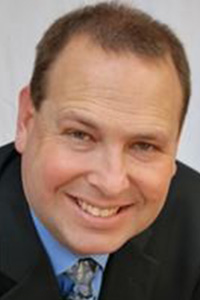Healthcare FMs Challenged with Unified Response for Facilities Nationwide
Medxcel quickly realized the layers of complexity created by responding to the pandemic in different areas of the country. Here's what they did to succeed.
One aspect that has emerged from the pandemic is that, while it affects every part of the country, it is doing so slightly differently from area to area and local authority response has been equally varied. This creates another layer of complexity for an entity like Medxcel, which manages hospitals around the country. But that variance also provides an opportunity to learn and share best practices across geographies that much more quickly.
Matthew Keahey, national vice president of operations, Medxcel, leads the facilities management services portfolio for 160 hospitals and 2,600 care sites totalling 80 million square feet over 24 states. When it comes to safety and emergency planning, hospitals must constantly plan for events that may never happen, but Keahey says the pandemic has really highlighted the critical nature of the partnership between facility departments and hospital leadership. "They're a critical part of the team, and it's really given them a chance to shine," he says.
One benefit of having such a large footprint was being able to see what kinds of requests and needs were coming in from across the portfolio and to work together to find solutions. For example, there was a split demand for negative pressure operating rooms. Some doctors wanted them, others did not. "It really gave us the opportunity to stand back and leverage the knowledge and resources of the professionals that work in the healthcare space to provide unified guidance to those in need, and help them understand why that was the decision on a very rapid basis," says Keahey.
Another benefit of size was the clout it conferred in the universal scramble for supplies. They were able to reach out to their top suppliers and leverage their existing spend to expedite the sourcing process. They were able to buy items like negative pressure equipment quickly and in very large quantities, which also provided insulation from price hikes as critical equipment became scarce in the market.
“ They're a critical part of the team, and it's really given them a chance to shine. — Matthew Keahey, Medxcel, on his facility managers.
But through it all and across facilities, Keahey says he couldn't be more proud of his team of roughly 2,200. From the frontline associates to the leadership team, everybody showed up to do their part. "They really care about their communities and they want to serve," he says. "They walk in each day with a can-do attitude, no different than nurses who show up to care for patients, and they do what needs to be done."
What does the COVID-19 response look like from where you’re sitting? Send an email sharing best practices, surprising pivots, or just observations to naomi.millan@tradepress.com. General comments and questions welcome as well.
Related Topics:

















